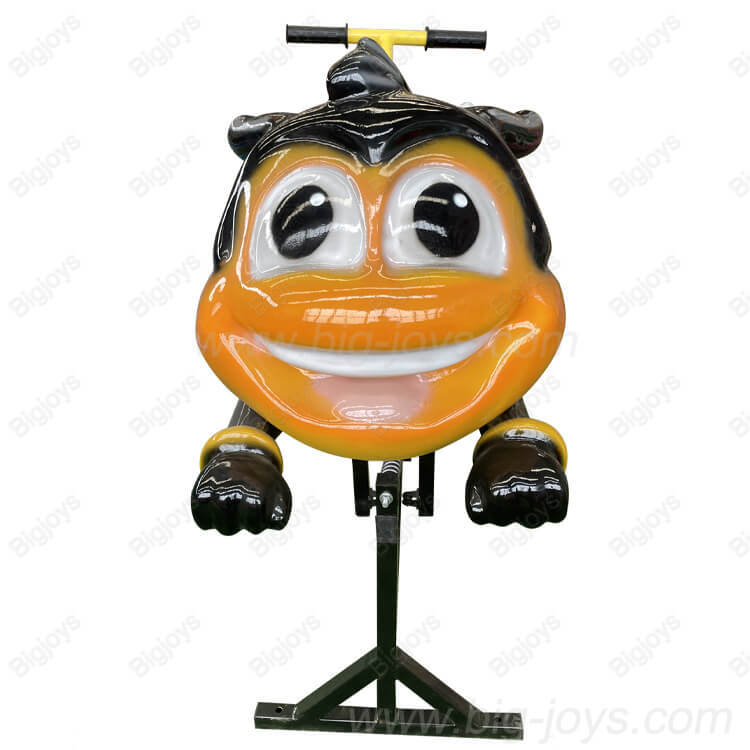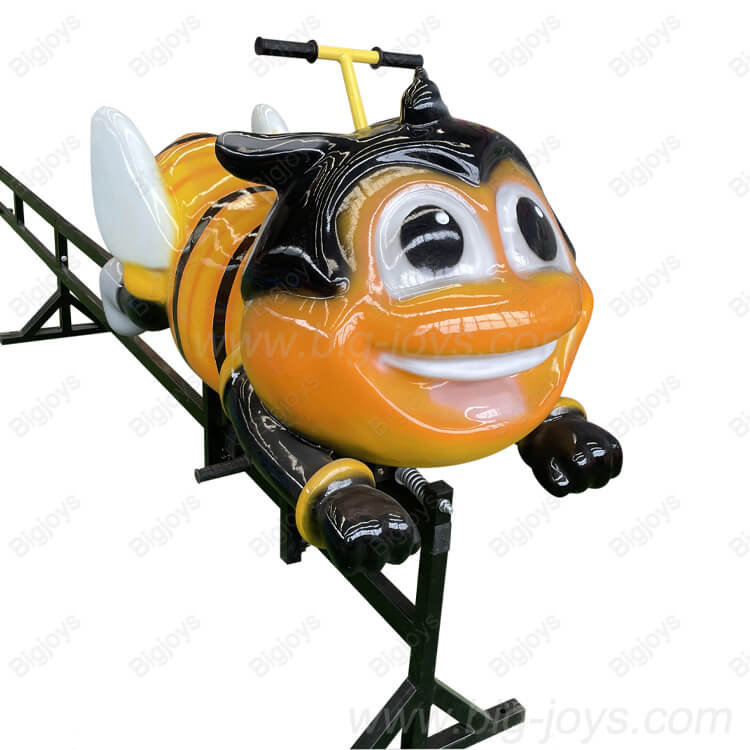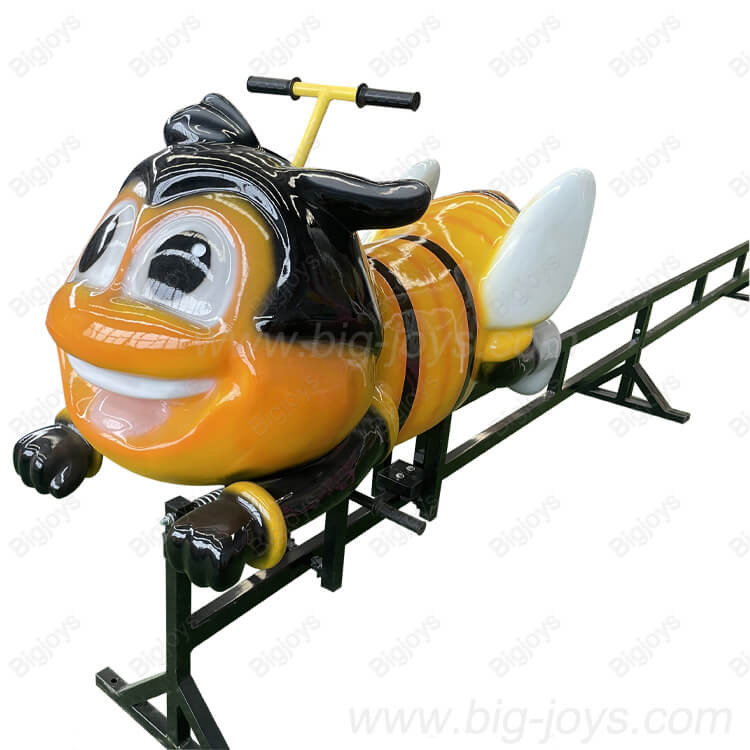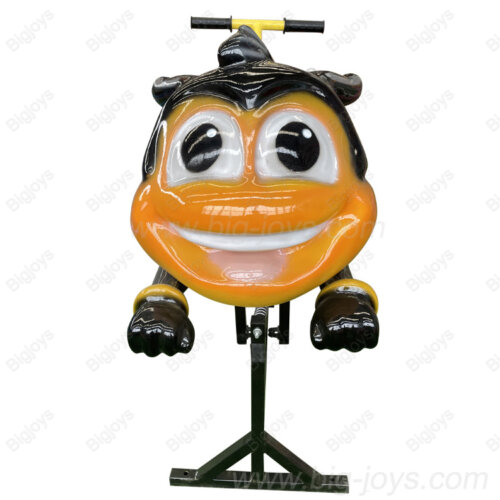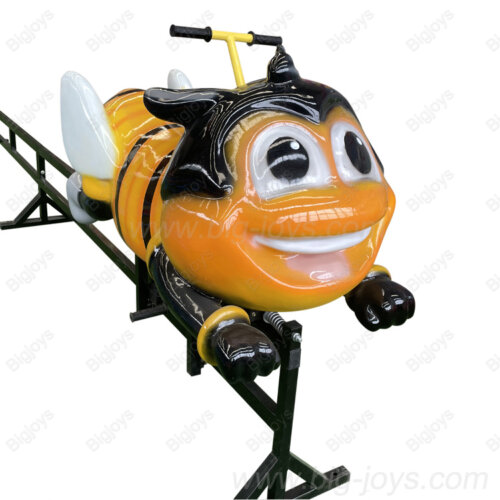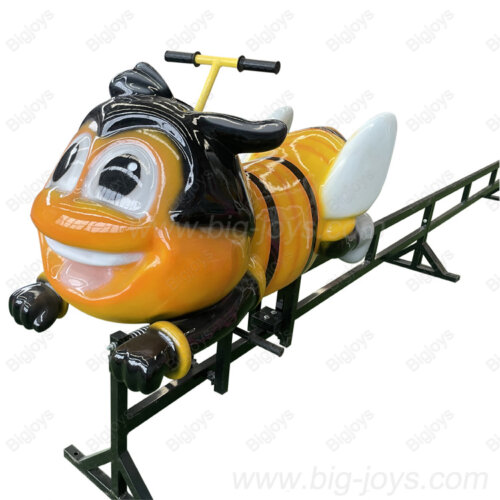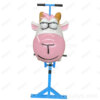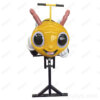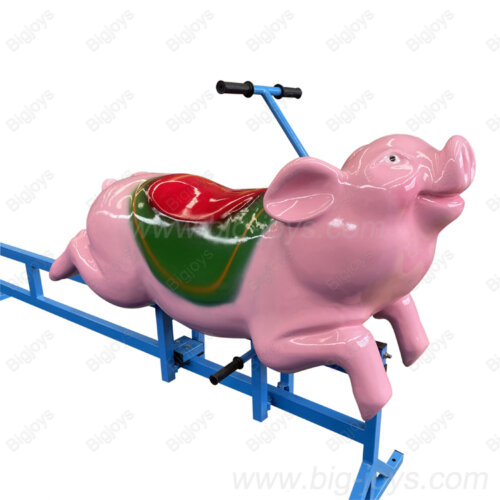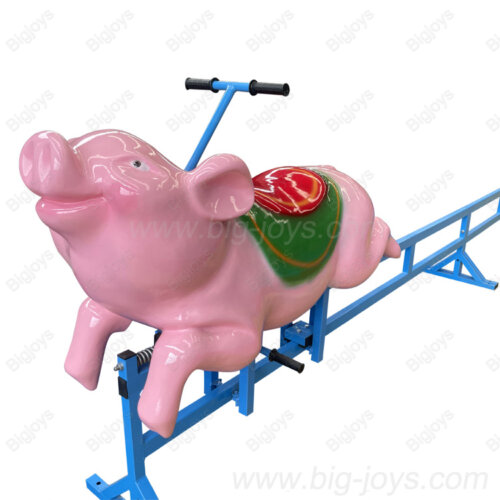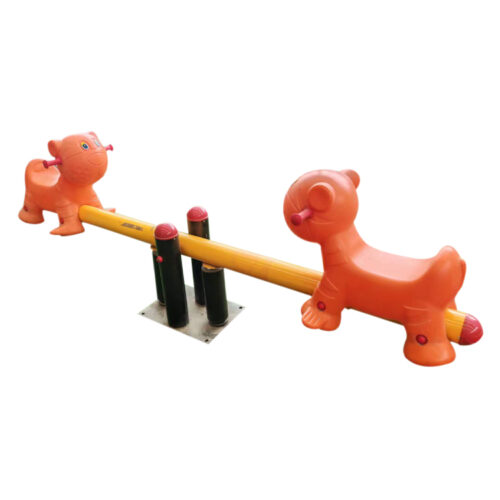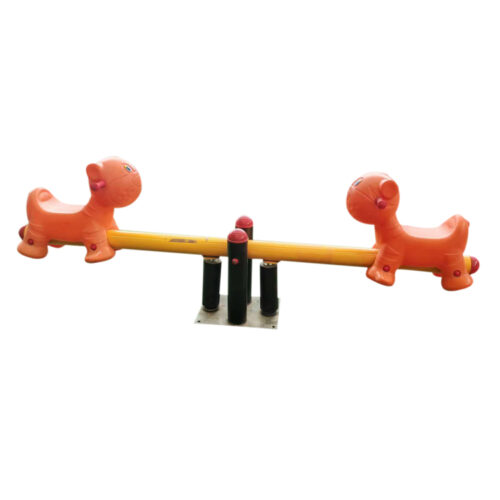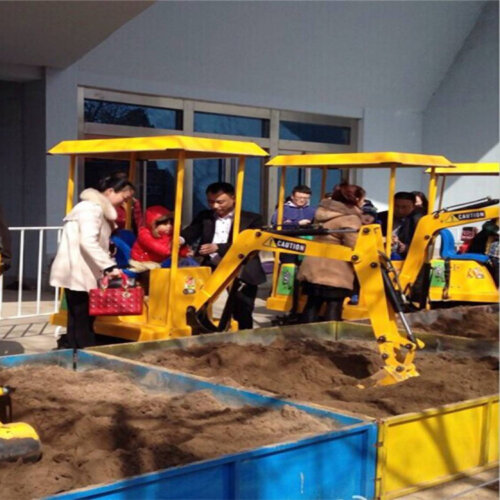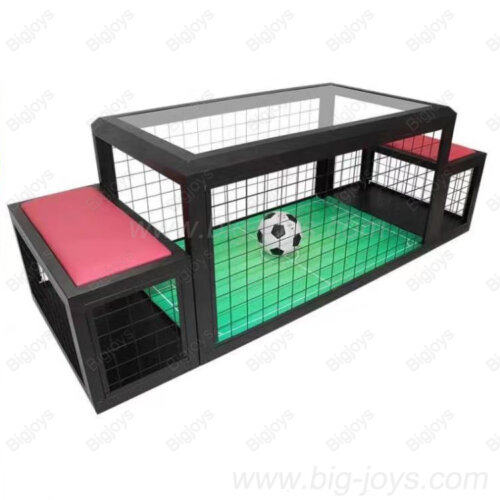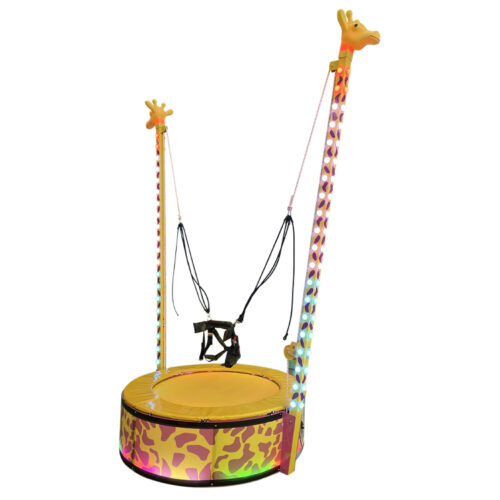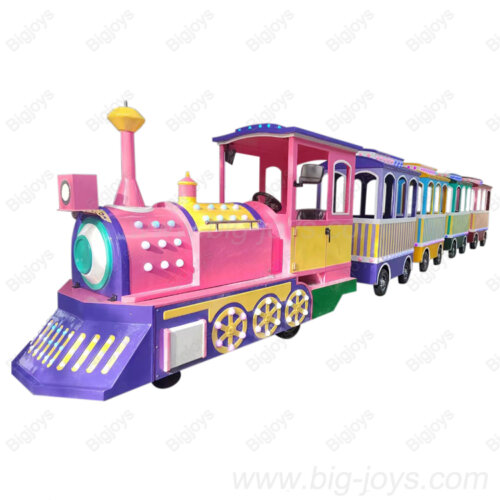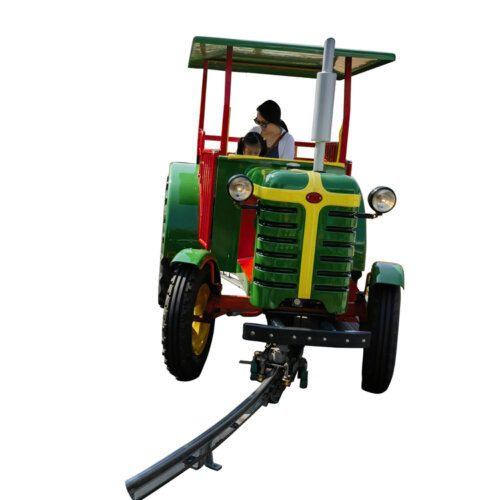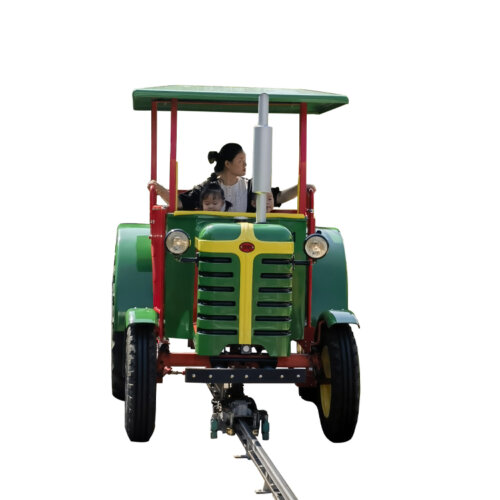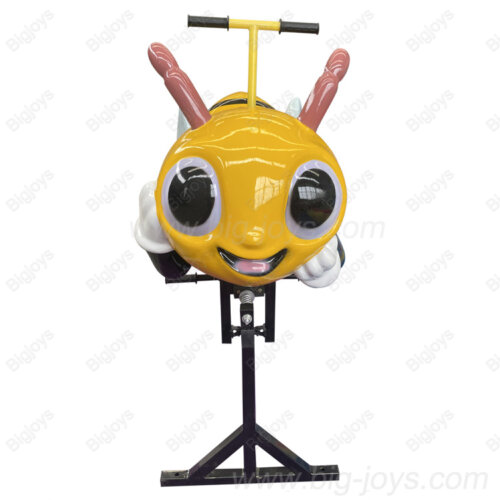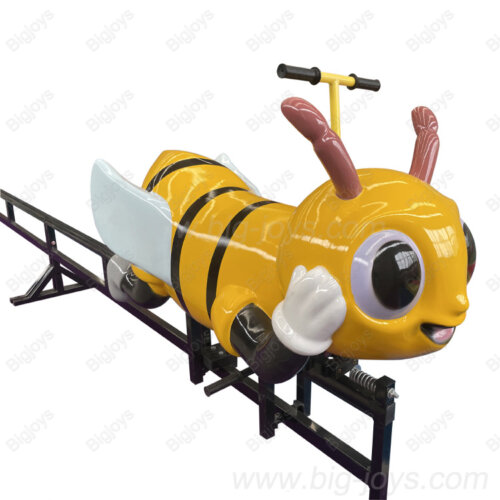Specifications:
Track Length: 50ft Long (Standard) or Cutsomized as request. Galvanized Tubes with Powder coated;
Animal: High-strength Fiber Glass with anti-rust automotive paint;
Working Way: by Hand (without power) ;
Rider: 1 animal for 1 rider; suitable for 5-12 years old;
Load Capacity: Not exceed 65kgs;
Customized design is acceptable!
Bee Race: A Buzzing and Thrilling Spectacle of Nature’s Tiny Athletes
In the world of unique and captivating events, the bee race stands out as an extraordinary display that showcases the remarkable abilities of one of nature’s most industrious insects.


1. Introduction to the Bee Race
The bee race is an event that has gained popularity in certain horticultural shows, apiary festivals, and educational nature programs. It involves the exciting competition among bees to complete a specific task or reach a designated goal, providing a fascinating insight into the complex and efficient world of bees.
The bee race is an event that has gained popularity in certain horticultural shows, apiary festivals, and educational nature programs. It involves the exciting competition among bees to complete a specific task or reach a designated goal, providing a fascinating insight into the complex and efficient world of bees.
2. The Setup and Mechanics of the Bee Race
- Bee Selection and Preparation: Special care is taken in choosing the bees for the race. Apiaries often select healthy and active bees that are known for their agility and foraging skills. The bees are carefully marked or tagged in a way that allows observers to distinguish them during the race. This could involve using tiny, non-invasive paint dots or numbered tags attached to their backs. Before the race, the bees are acclimated to the race environment and any necessary equipment or obstacles are introduced gradually to ensure they are not overly stressed.
- The Race Course and Equipment: The race course is designed to mimic the natural foraging path of bees. It typically consists of a series of tubes, tunnels, or small enclosures that the bees must navigate through. There may be artificial flowers or nectar sources placed at strategic points along the way to attract the bees and guide them in the right direction. The finish line is usually marked by a specific target, such as a container with a highly desirable food source or a unique scent that the bees are trained to recognize. The equipment used is carefully crafted to be bee-friendly, with smooth surfaces and no sharp edges that could harm the delicate insects.
- The Incentives for the Bees: To encourage the bees to participate and race with enthusiasm, powerful incentives are provided. As mentioned, the presence of rich nectar or a special food blend at the finish line acts as a major draw. Additionally, the use of pheromones or scents that bees are naturally attracted to can be strategically placed along the course to keep them motivated and on track. The bees’ natural instinct to collect food and return it to their hive is harnessed to create a competitive yet naturalistic race environment.
3. Benefits of the Bee Race
- Educational and Scientific Value: The bee race is an excellent educational tool. It allows people, especially students and nature enthusiasts, to learn about the behavior, communication, and navigation skills of bees up close. Scientists can also study the bees’ responses to different stimuli and environmental factors during the race, which can contribute to a better understanding of bee biology and ecology. It helps raise awareness about the importance of bees in pollination and the overall health of the ecosystem.
- Entertainment and Interest Generation: The sight of bees zipping through the race course, their rapid movements and precise navigation, is highly entertaining. Spectators are often amazed and captivated by the tiny insects’ abilities. It generates interest in the world of bees and can inspire people to get involved in beekeeping, gardening, or other nature-related activities. It adds a unique and exciting element to any event where it is featured.
- Promotion of Apiculture and Conservation: By showcasing the fascinating world of bees, the bee race helps promote apiculture. It encourages more people to support local beekeepers and buy honey and other bee products. It also raises awareness about the threats that bees face, such as habitat loss and pesticide use, and promotes conservation efforts to protect these essential pollinators.
4. Safety Considerations for the Bee Race
- Bee Handling and Protection: The handlers and organizers of the bee race must have a good understanding of bee behavior and proper handling techniques. They should wear appropriate protective gear, such as beekeeping suits and gloves, to avoid getting stung. The bees should be handled with care and respect to minimize stress and ensure their well-being during the race. Any equipment used to handle or contain the bees should be designed to prevent accidental escapes or harm to the bees.
- Spectator Safety: Spectators need to be educated about bee behavior and safety precautions. There should be clear signage and announcements advising people to remain calm and not make sudden movements that could startle the bees. A safe viewing distance should be maintained to prevent any accidental stings. In case of any allergic reactions among spectators, first aid kits and trained personnel should be available on site.
- Environmental Considerations: The race environment should be carefully monitored to ensure that it is suitable for the bees. This includes providing a clean and healthy source of water, proper ventilation, and protection from extreme temperatures. The use of pesticides or other harmful chemicals in the vicinity of the race should be strictly prohibited to safeguard the bees and the surrounding ecosystem.
5. Ideal Locations and Usage of the Bee Race
- Horticultural and Garden Shows: Bee races are a perfect addition to horticultural shows. They complement the display of flowers and plants, highlighting the important role that bees play in pollination. They can be scheduled as a special attraction, drawing in crowds and adding an educational and entertaining aspect to the show.
- Apiary Festivals and Beekeeping Conferences: At apiary festivals and beekeeping conferences, the bee race is a central event. It allows beekeepers to showcase their bees’ skills and share their knowledge and experiences with others. It also provides a platform for networking and promoting the latest trends and technologies in beekeeping.
- Nature Centers and Educational Institutions: Nature centers and schools can use bee races as part of their educational programs. It can be a hands-on activity for students to learn about bees and the environment. It can be incorporated into science classes, field trips, or summer camps to make learning about nature more engaging and fun.


